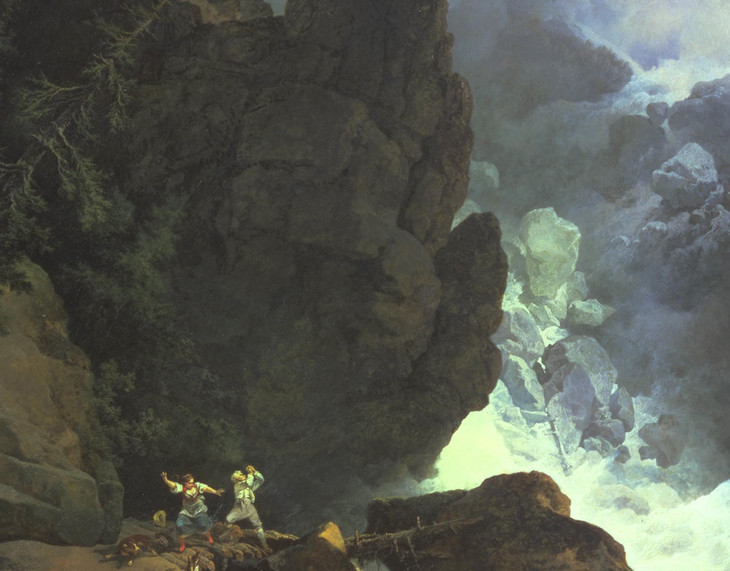Project overview
Research on British landscape art has been a recurrent theme in the century-long history of Tate Britain and its forerunner, the Tate Gallery. Tate’s collection includes many thousands of paintings and works on paper which treat landscape subjects, and a selection of these works is always on display at Tate Britain and other Tate galleries. When the Arts and Humanities Research Council (or Board, as it was then) announced in 2005 that it intended to launch a strategic programme dedicated to interdisciplinary research on Landscape and Environment, it seemed obvious that Tate should be involved. The decision to develop and submit a major research grant application seemed even better-grounded when, in due course, the Landscape and Environment strategic programme came under the direction of Professor Stephen Daniels, who had worked with Tate Britain on a number of exhibition and conference projects.
Tate’s application for a project entitled The Sublime Object: Nature, Art and Language was submitted in summer 2006 and was accepted by the Board with a start date in July 2007. The project was to last for thirty-nine months. As the art museum was preparing to launch its research into The Sublime Object, Tate’s Research Department was created and charged with the general oversight of the project, the leadership of which then went through a number of hands. The original discussions and the drafting of the application were led by Dr Martin Postle, now Deputy Director of the Paul Mellon Centre for British Art. The initial Principal Investigator was Richard Humphreys, former Head of Education at Tate, who joined the Research Department and supervised The Sublime Object in its initial phases. At this stage, Dr Lydia Hamlett joined Tate as the project’s post-doctoral researcher. When Humphreys left Tate, he was succeeded by Christine Riding, Curator of Eighteenth- and Nineteenth-Century British Art, who was seconded into the Research Department to manage the later stages of the work. Having written the final project report, Riding left Tate in 2011 to move to National Museums Greenwich and since then, members of the Research Department have undertaken the preparation of the research outcomes for online publication.
Throughout its life, The Sublime Object: Nature, Art and Language was conceived as an opportunity to realise the potential of a great collection and art museum as the site for an interdisciplinary research project. The research activities had at their core the actual engagement between spectators and works of art. Whenever we could, we planned to carry out those activities in Tate’s public spaces, a policy that resulted in a memorable gallery display of works on sublime themes from Tate’s collection and a remarkable contemporary commission, Douglas Gordon’s text piece, This Will Be The Last Time, which was installed in the Duveen Octagon at Tate Britain. These and all the other numerous outcomes from the considerable range of research activities that made up The Sublime Object: Nature, Art and Language are available on the pages that follow. The names and roles of those involved are set out under Acknowledgements.
How to cite
Nigel Llewellyn, ‘Project overview’, August 2012, in Nigel Llewellyn and Christine Riding (eds.), The Art of the Sublime, Tate Research Publication, January 2013, https://www

